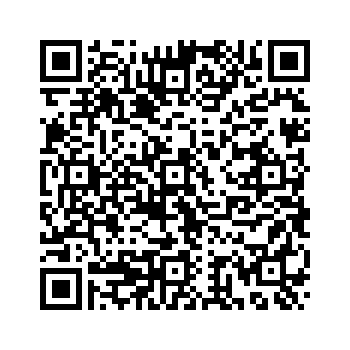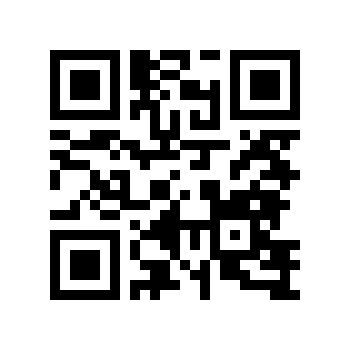You’ve seen them here and there, and you’ll see them even more frequently in the future – those black-and-white squares that look like a dying dot-matrix printer spit them out. They’re QR Codes, and they’re tiny gateways to all kinds of good stuff.
QR Codes (the “QR” stands for “Quick Response”) were created in Japan in 1994 for tracking auto parts, but their use has expanded exponentially since then. For example, many airlines now print QR Codes on their tickets/boarding passes to provide unique identifiers for passengers. Their usefulness is in the ability to provide a fair amount of information in a small space, and in an easy-to-read form.
Well, it’s easy to read if you have the right scanning software. There are a lot of QR scanning apps available for camera-equipped mobile phones. If you have a phone running the Android operating system you may have something called Barcode Scanner installed on it. It’s based on Google’s XZing library, and variants both free and paid are available for all popular platforms. I use (and highly recommend) the free iPhone app RedLaser.
By now you may be completely confused, especially if you can’t picture a QR Code. So, given that a picture is worth, well, you know, here are a couple of actual working examples. If you have a camera phone and scanning software, try scanning each and see what happens


The first block contains my contact information (and a little bonus message from yours truly!). Depending on your phone platform and software, when you scan this QR Code, it may attempt to automatically add that information to your contacts. The second block contains the URL to this blog; scanning it should give you the option of opening that URL in your web browser without having to type anything else.
The uses for these little blocks of information are limited only by one’s imagination. Put one on your business card or sales brochure to direct people to your website. Add them to a coffee mug or t-shirt or any other promotional material to allow your tech-savvy audience to access more information.
The last piece of the puzzle? How to generate these codes, of course. Google the phrase “QR code generator” and you’ll find an amazing number of free services. The codes shown above were generated using Google’s own such service.
I’m already kicking around the idea of a QR Code-equipped Fire Ant coffee mug and coaster, and maybe even a hoodie with nothing but a giant QR on the back. Those things are just for fun, but I also have a few clients who should consider using QR Codes in their promotional material. As I implied above, the technology requirements limit the audience for these purposes, but that audience will inevitably continue to broaden.

I did it hehe. I already had it on my ipod touch but never used it successfully! That was fun! (I’m such a nerd hehe)
Yeah, it’s kind of addictive, isn’t it?
I started http://www.SocialQRCode.com
It is the first QR Code Generator designed for social media and social sharing!
Please give it a try!
Interesting approach, Tyler. I hope it’s successful for you. I think the biggest immediate obstacle is educating folks.